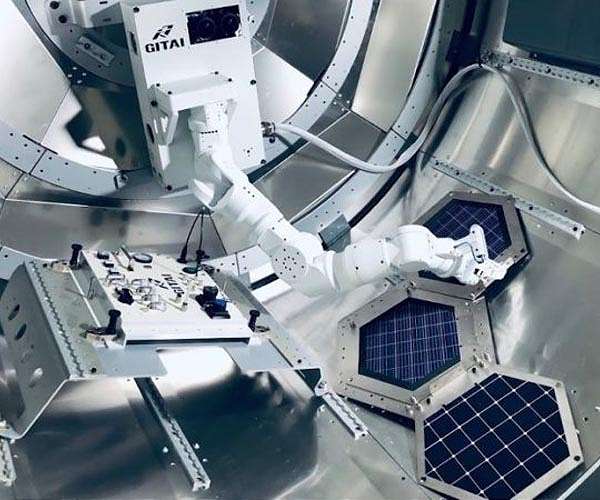One thing we have learned on the International Space Station: astronauts are very busy people. Over half their time is spent in maintenance.
The NASA-developed Robonaut series was supposed to act as an assistant to astronauts, although it had technical challenges. Russia is preparing its own humanoid robot for deployment to ISS.
ISS is designed for continuous human presence. But in the future, some space stations may only be intermittently crewed. The Lunar Gateway is expected to have crew onboard only one month out of every year. Therefore, it will be critical to develop robots for interior (and possibly exterior!) maintenance, repair and safety when there are no humans around.
Thus, this recent demonstration of an interior robot by the Japanese company Gitai is significant:
https://www.spacedaily.com/reports/GITAI_and_Nanoracks_announce_technical_demonstration_of_a_GITAI_robot_inside_the_Nanoracks_Bishop_Airlock_999.html
Another important development will be exterior robots. A significant part of ISS maintenance involves extravehicular activity (EVA), or “spacewalks.” These are expensive and dangerous. As commercial space stations are developed, they will no doubt want to avoid requiring EVAs to keep their costs and risks low. Robots that crawl on the exterior of those stations, or fly around them, must be able to do inspections to detect damage, repairs to shielding and insulation, and other activities currently performed by EVA.


Recent Comments